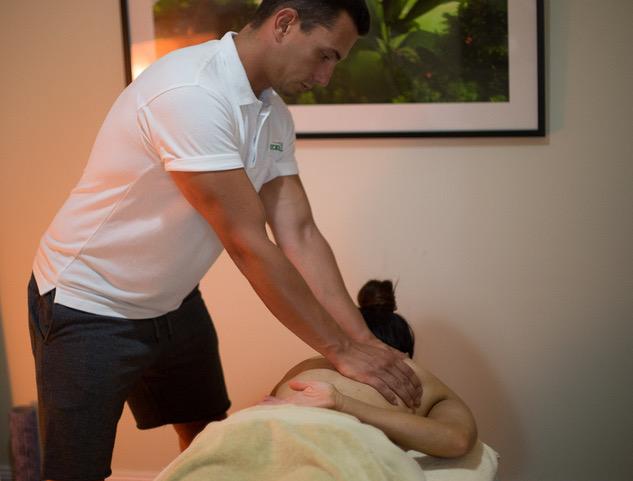Our head is balanced and supported by our neck, which consists of vertebrae and discs. Aside from these, our head and neck are also supported by muscles that could spasm or become inflamed, resulting to pain. Generally, the main causes of neck pain are traumatic injuries and postural problems. Another cause of neck pain is aging, when the joints between the vertebrae and discs degenerate.
Which areas are affected by Neck Pain?
Neck pain is usually felt in a very localized area, like the back or on the side of the neck, and the intensity can range from moderate to severe. However, in some cases, the pain may spread, especially when this is originating from different parts of the neck. For instance, if one’s neck pain comes from structures in the upper part of the neck, such as the muscles, ligaments, discs, or joints, it may spread to the head. If the pain is coming from structures in the middle or lower part of the neck, then the pain may spread to the upper back, upper arm, or shoulder areas. Neck pain can also get worse with neck movements, and it is usually worse on one side than the other. The neck can be tender to touch and may even feel pain while sleeping.

How can a physiotherapist help with Neck Pain?
Prior to providing treatment, a physiotherapist will assess the patient’s neck and identify the cause of pain and how it affects the movement of his neck. The physio will then determine the affected muscles and joints, and assess which muscles are not functioning the way they should. There are various physiotherapy treatment methods which can be used to help alleviate neck pain and restore the normal function of the neck, such as gentle manual therapy, joint mobilization, dry needling, gentle exercises to help with the symptoms, and self-managing strategies for neck pain.
The importance of exercise for managing Neck Pain
According to a randomized controlled trial research article, neck and shoulder exercises are beneficial for neck pain. Strength training exercises performed in progressive overload has been shown to result to significant reductions in neck and shoulder pain. It is therefore essential to follow an exercise program prescribed by a physiotherapist and is specifically designed for one’s daily activity needs in order to effectively manage neck pain.
A physio will also provide advice on proper sleeping positions. Sleeping on one’s back or on the side with the head well-supported by one or two pillows is recommended. Physios advice against sleeping on the stomach, as this position puts the neck at almost end rotational range positions for long periods of time.
Recovery time varies from person to person. While some acute episodes may just last for a few days, others could continue for up to 12 weeks or even longer. Physios would typically recommend that patients resume their normal activities as soon as possible to develop normal neck function. It is also best to continue with their home exercise program for at least 3 months more after the neck pain has gone to ensure that the neck regains its normal function and range of movement.
Tim Ellis is the Principal Physiotherapist at Excel Physiotherapy and Wellness in Mascot, New South Wales, Australia. He specialises in treating complex necks and backs and developing highly effective exercise programs for his patients. Tim is committed to integrative health, healthy eating, exercise, and life long learning which he shares through his blogs.